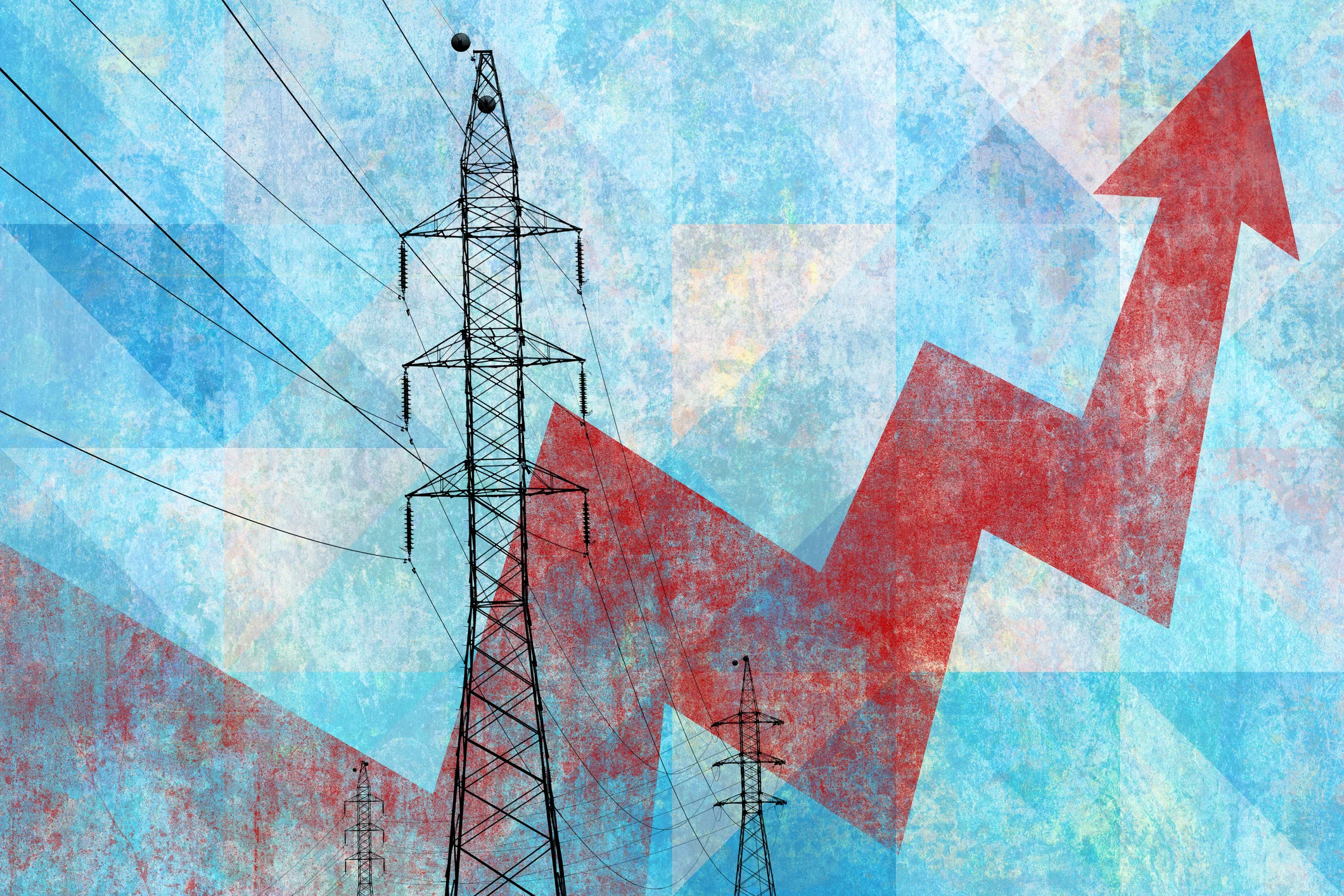The world has lost nearly ⅓ of its forests, more than half of which during the last century. While trees present an infrastructural challenge to utility operations, they offer enormous benefits to the environment including stripping harmful greenhouse gasses from the atmosphere, providing shade to help moderate temperatures, and, of course, providing us with the air that we need to breathe. Deforestation, which is the permanent removal of trees from an area to make room for something else, is not only destructive to the environment but detrimental to efforts to meet the global decarbonization objectives that drive regulatory policy. Whether it’s replanting or protecting existing wooded areas, trees are incredibly effective at mitigating heat, trapping and storing carbon, and otherwise enhancing the sustainability efforts needed to meet legislative requirements.
The History of Arbor Day
Arbor Day is a U.S. tradition with roots in the western expansion of the mid-1800s. As settlers repatriated to plains and western states, they found that they needed more trees for agricultural purposes related to the soil, shade, and beyond. The holiday was introduced in 1872 in Nebraska as both the impetus for civic planting groups to act and as a celebration of the natural environment. Rather than celebrating or memorializing any one specific event, Arbor Day looks to improve the environment for future generations by inspiring sustainability efforts around the world. Let’s look at why trees matter to the environment and utility operations everywhere.
Why Trees Matter
Trees have a variety of uses, from providing food and shelter to wildlife, to stripping harmful carbon dioxide from the environment. Beyond the environmental benefits, trees provide practical building materials including lumber and paper products and can serve as an effective fuel source. Trees have proven so effective a source of energy that they have been over-harvested in the past leading to some serious fuel shortages. Trees also create much-needed shade. In 2019, U.S. cities lost 36 million trees per year, which has led to an increase in heat islands that have raised temperatures in urban areas.
What is a Heat Island?
An urban heat island is an area with fewer trees than others, which can raise temperatures an average of 5 to 7 degrees warmer during the day and 22 degrees warmer at night. Heat islands present a difficult challenge to utility companies, by increasing the overall volume of peak demand times during the year. As heat trapped in concrete and stone is released in the evenings, nighttime temperatures increase offering less relief from the high daytime heat that drives demand. Heat islands drive energy consumption by between 1 and 9% for every 2°F increase. Replanting trees is crucial in enhancing grid stability and overall sustainability efforts. Furthermore, replanting trees can improve environmental, social, and corporate governance (ESG) scores, which is beneficial in improving credit ratings for utility companies.
Utility Operations & Trees
For many utility companies, trees present a unique operational challenge. To start, trees are one of the most common reasons for outages, from trees falling due to weather events to uncut branches that grow into the power infrastructure. In the U.S., while utility providers aren’t required to cut down trees near lines, they are granted broad federally approved reliability standards that allow them to manage the trees and vegetation in their areas. While trimming or removing trees that may obstruct the infrastructure is an accepted practice, there is growing evidence that replanting trees as a sustainability measure can reduce surface temperatures and lower the need for peak events like demand response, which are conservation efforts designed to help manage an overwhelmed grid.
Engage Customers About Tree Trimming Options
Tree trimming can be a contentious issue for some customers, who require input into how their vegetation is managed. As an often necessary precaution, utilities can utilize customer engagement tools to effectively communicate tree trimming in an area. By reaching out and educating customers, utilities can minimize potential complaints, which are detrimental to the customer service ratings that can increase a company’s bottom line.
Advocate For More Trees
Tree maintenance is imperative to providing continuity of service to utility customers everywhere. Organizations like the Utility Arborist Association can provide valuable insights into how best to conduct replanting efforts or to engage the community for feedback. Let’s look at some steps that utility providers can take to enhance tree planting sustainability initiatives and reduce overall costs.
Green Heart Program/Louisville Grows Type Things
In many places around the world, there are organizations designed to engage community action in planting more trees. In Louisville, Kentucky, where Virtual Peaker is based, organizations like the Green Heart program or Louisville Grows are advocacy groups that promote growing more trees and studying the impact of a greener environment. Look for comparable local organizations to partner with, or educate your customers on how they might become involved in beautifying and enhancing the long-term sustainability of their environment.
Use Less Paper
In 2020, the annual global demand for paper rose to an estimated 399 million metric tons, with projections indicating that that number will grow by 3% by the year 2030. Going paperless is an excellent way for any organization to decrease deforestation. For utility providers, while billing statements are a necessary part of the process, this information can be provided digitally rather than physically. With the right customer engagement software, utilities can even digitize the incentive processing efforts that are used to encourage customer enrollment and participation in your demand response or distributed energy resource (DER) programs.
Sustainability, Economics, & Trees Conclusion
Trees are essential to all life on Earth, from providing food, shelter, and air to lowering local temperatures and minimizing electricity usage. Research indicates that living in greener areas can have remarkable health benefits, including longer lives. Furthermore, replanting trees or minimizing tree removal can reduce heat islands and lower a growing number of demand event days that tax the grid and drive up energy purchasing costs. Let us know how your organization is planting more trees in the comments below. We’d love to hear from you.





